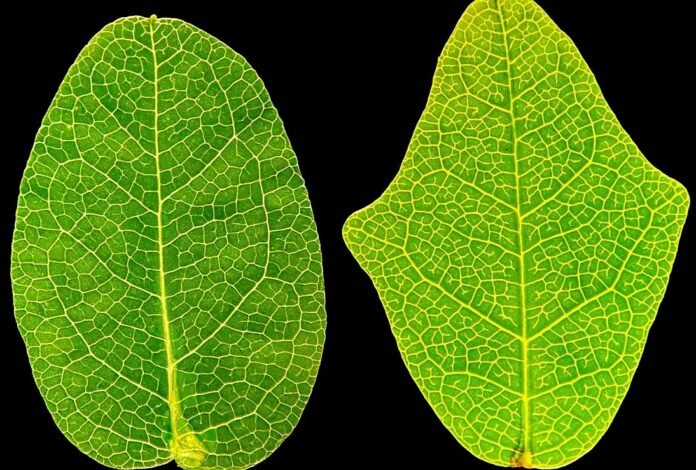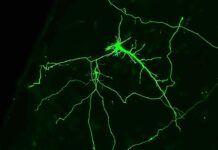The Chameleon Vine Mystery
Plants have always fascinated scientists with their unique abilities. One such plant that has piqued the interest of plant ecologists is Boquila trifoliolata, a vine that can change its appearance to mimic the surrounding flora. Ernesto Gianoli, a plant ecologist, discovered this skill a decade ago in the Chilean rainforest. In his 2014 Current Biology paper, Gianoli and his team hypothesized that volatile chemicals or genetic material could be responsible for the vine’s mimicry. However, more recent research has suggested that bacteria could be involved. The mechanism behind Boquila’s impressive masquerades remains a mystery.
The Bold Hypothesis of Citizen Scientists
Last year, a study conducted by citizen scientist Jacob White and University of Bonn graduate student Felipe Yamashita suggested that Boquila vines could “see” other plants’ leaves well enough to mimic their appearance. White and Yamashita provided a fake plant for the vine to grow on and observed what they believed was an attempt by the vine to mimic the fake leaves. However, several researchers raised concerns about the study’s methodology, design, and publication process. Despite the controversy, White defends the work and claims that it challenges the scientific community’s dogmatic approach to rejecting unconventional ideas.
The Opinions of the Experts
Experts who spoke with The Scientist raised questions about the study’s design, including the lack of a control plant, and concerns about the publication process. Linda Chalker-Scott, a horticultural physiologist at Washington State University, wrote in a blog post that the paper was “deeply flawed” and had “significant author bias in the interpretation of the results.” However, the authors and the handling editor stand by the paper and assert that it was never intended to be the definitive answer on plant vision or Boquila trifoliolata’s mimicry. Regardless of the controversy, understanding the mechanisms behind Boquila’s mimicry could change the scientific community’s understanding of how plants work.
Unpacking the Controversy
A research paper published in June 2020 claims to have found evidence that the Boquila vine can mimic the leaves of other plants by changing its shape, color, and size. The paper concludes that this ability suggests Boquila can “see” its surroundings and adjust its appearance accordingly. However, plant evolutionary biologist Gianoli, one of the leading experts on the Boquila vine, says the study was “flawed” and that the experiment did not have proper controls. He also argues that the statistical analyses used were inappropriate and that the authors fell in love with their hypothesis.
Conflict of Interest?
There is also some controversy regarding the relationship between the authors and their supervisor, Stefano Mancuso. Mancuso has long contended that plants have some kind of vision, and his lab has reported an information processing region in roots that could allow them to interpret information gleaned from light and function as brain-like structures. Some critics argue that the journal should have disclosed this relationship, raising concerns about potential bias in the research.
The Future of Plant Vision Research
Despite the controversy, the researchers stand by their hypothesis and are planning further studies. They hope to uncover the mechanism of Boquila’s mimicry and discover something fundamental to plant biology that’s currently unknown. The question of whether plants can “see” their surroundings is a controversial one, but it has the potential to revolutionize our understanding of plant behavior and open up new avenues of research.
Google News | Telegram
















